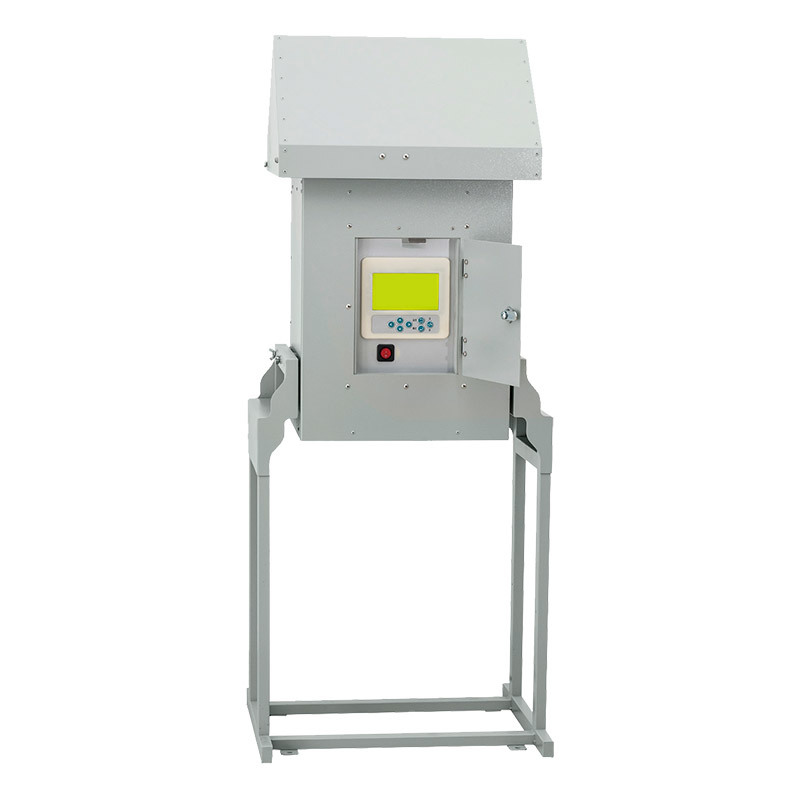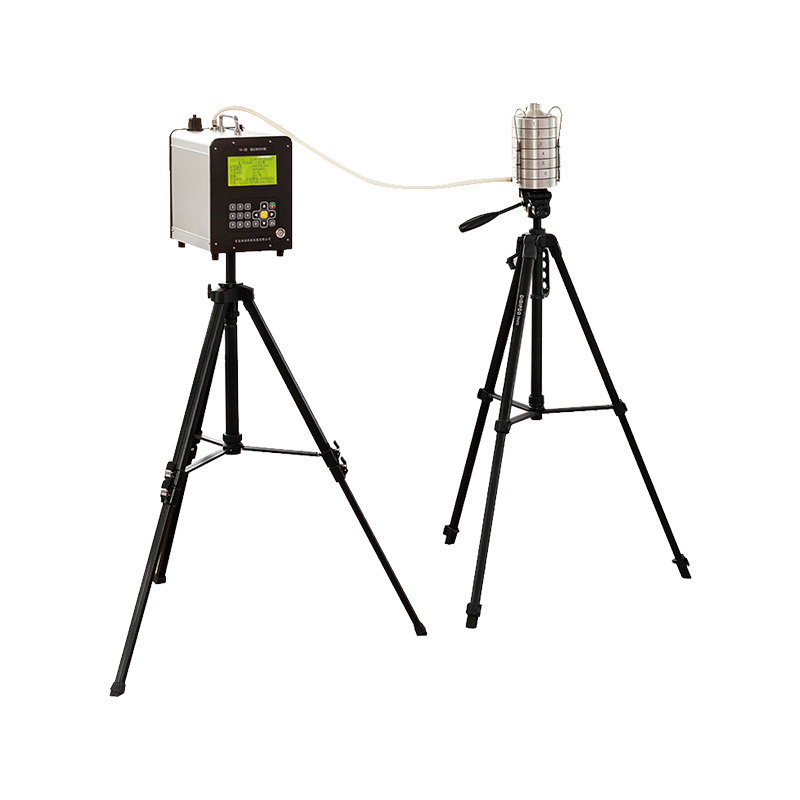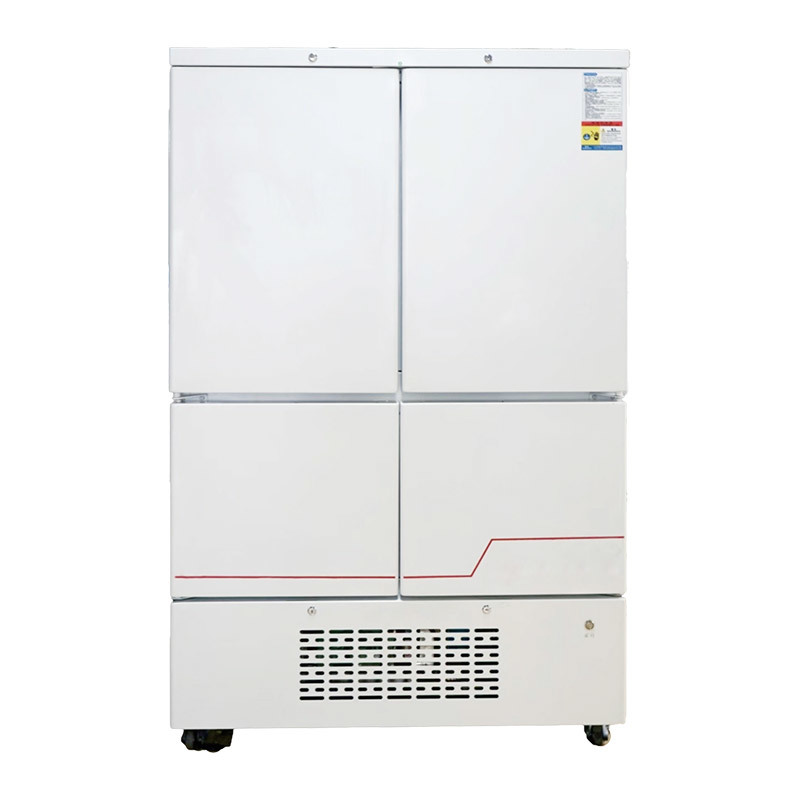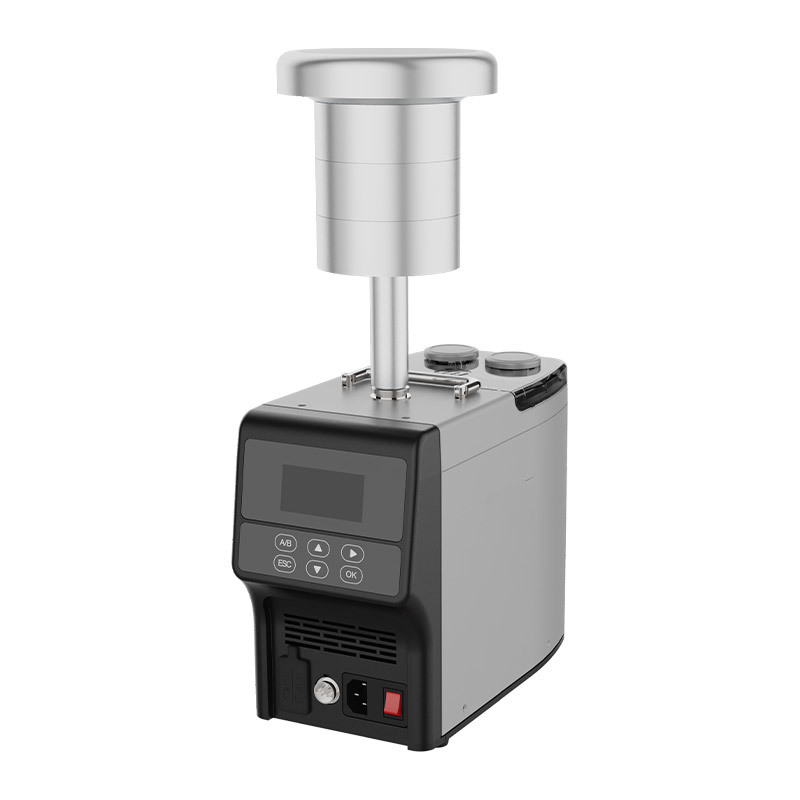Product

ZHK6210 Hazardous Waste Standardized Online Management System
- Commodity name: ZHK6210 Hazardous Waste Standardized Online Management System
E-mail:
Frederick@dinglimachinery.com
Product Description
The Hazardous Waste Standardized Online Management System is based on internet technology, communication technology, and business intelligence (BI) technologies. It focuses primarily on the management of hazardous waste storage. The system provides comprehensive tracking and management of the entire process from the generation, collection, storage, to the disposal and utilization of hazardous waste. It effectively standardizes the hazardous waste management ledger, comprehensively monitors the inbound and outbound processes of hazardous waste, and ensures compliance with standardized management requirements for hazardous waste. The system addresses various management issues currently faced in hazardous waste management, such as inaccurate weighing data, untimely information updates, and human interference. This supports environmental protection departments and enterprises in obtaining timely, accurate, and dynamic information on hazardous waste, thereby improving the level of hazardous waste information management.
This is an intelligent IoT platform focused on providing solutions for hazardous wastesupplyanddemand.Itaimstofullyintegratethehazardouswasteindus-try chain, including the "waste generation end, transportation end, and disposal end," through cutting-edge technologies such as communication technology, internet technology, and big data technology. The system seeks to reduce regulatory costs and enhance operational efficiency and vitality within the industry, contributing to the "standardized management of urban hazardous waste."
Smart Weighing
The inbound and outbound processes feature intelligent weighing, allowing for the setting of hazardous waste-related information. The corresponding weighing and attribute data can be uploaded to the platform.
Electronic Ledger
All weighing information is automatically uploaded to the platform for storage, replacing the traditional manual record-keeping method, and generating an electronic ledger with just one click.
Hazardous Waste Platform
Unattended weighing allows for the uploading of weighing data to the platform. Users can perform online inquiries and trace processes and data through the network.
Platform Advantages
Credibility
The electronic bills and electronic ledger leave real-time traces online, eliminating the possibility of forgery.
Professionalism
The platform relies on big data and internet technology to achieve automatic warnings for abnormal situations, reducing the potential errors and workload associated with manual supervision, and improving cost efficiency in both regulation and operations.
Visualization of Hazardous Waste Information
It resolves issues such as difficulty in collection and reporting for enterprises. The platform automatically generates hazardous waste labels for convenience, while also providing real-time and precise monitoring of hazardous waste types, quantities, and transfer volumes to ensure comprehensive collection and accurate measurement. Additionally, it transmits waste generation data in real-time to the regulatory platform, using data algorithms to analyze the conditions across all stages of generation, storage, collection, and disposal, effectively extending the reach of provincial solid waste systems and addressing management “blind spots” related to hazardous waste escapes and leaks.
Intelligence
The intelligent design enhances the reliability of the application.
Reliability
By incorporating big data and IoT technology, the platform facilitates multidimensional management of the waste generation end, transportation and collection end, disposal end, and regulatory end. It address-es issues of information authenticity, timeliness, immutability, and traceability that arise during the circulation of hazardous waste.
Real-time Electronic Ledger Management
Real-time electronic ledger management for hazardous waste, with transfer and disposal recorded through electronic bills, enables real-time reporting from the waste generation end, real-time confirmation from the collection end, real-time acceptance from the disposal end, and comprehensive digital monitoring from the regulatory end.
Main Features
● Equipped with a high-definition camera featuring a 120-degree wide-angle and supporting facial recognition functionality.
● User-friendly interface with a large touchscreen for easy operation by personnel.
● Includes RFID functionality with optional contactless IC card login for operations.
● Features a keypad for easier use by on-site personnel.
● New-style thermal embedded printer with easy paper loading, automatic cutting, and fast printing speed.
● Supports various network connectivity options including wired, Wi-Fi, and 4G (optional), allowing selection based on site conditions.
● Terminal devices include comprehensive permission management and operational log recording for easier traceability.
● Available in wall-mounted or standalone configurations based on user needs.
Hazardous Waste Platform
● Equipment Management: Maintain basic information of the equipment and any associated smart cards (if applicable).
● Hazardous Waste Management: Manage information related to hazardous waste, waste generation tion related to hazardous waste, waste generation points, tare weight, etc.; enable functions for the transfer and reception of hazardous waste.
● Enterprise Management: Maintain management information for warehouses, enterprises, and personnel.
● Statistical Analysis: Conduct statistics on generation volume, storage volume, and transfer volume.
● Ledger Management: Query historical entries and the status of hazardous waste, and view detailed history of hazardous waste transfers.
● System Management: Includes user management, role management, and equipment menu management.
● Log Management: Manage operational logs and system logs.
Key words:






